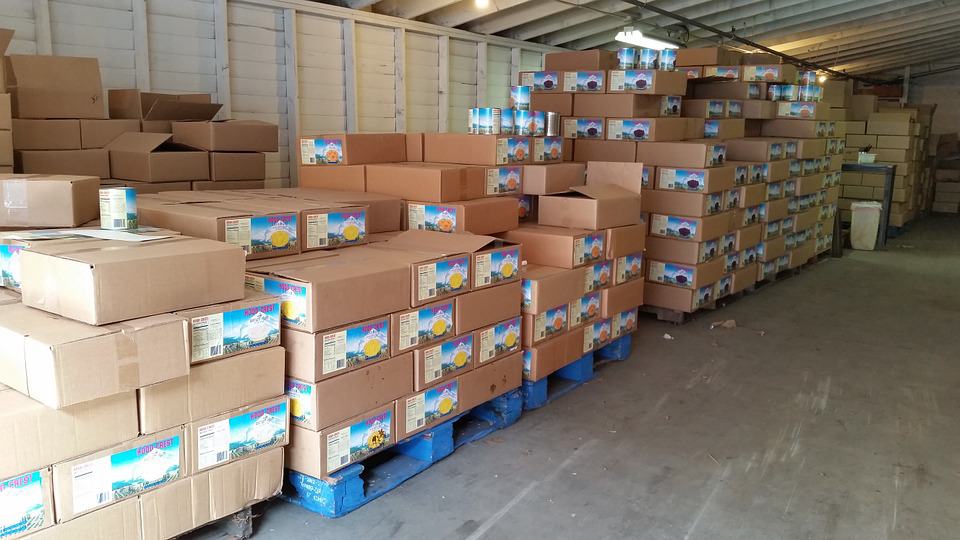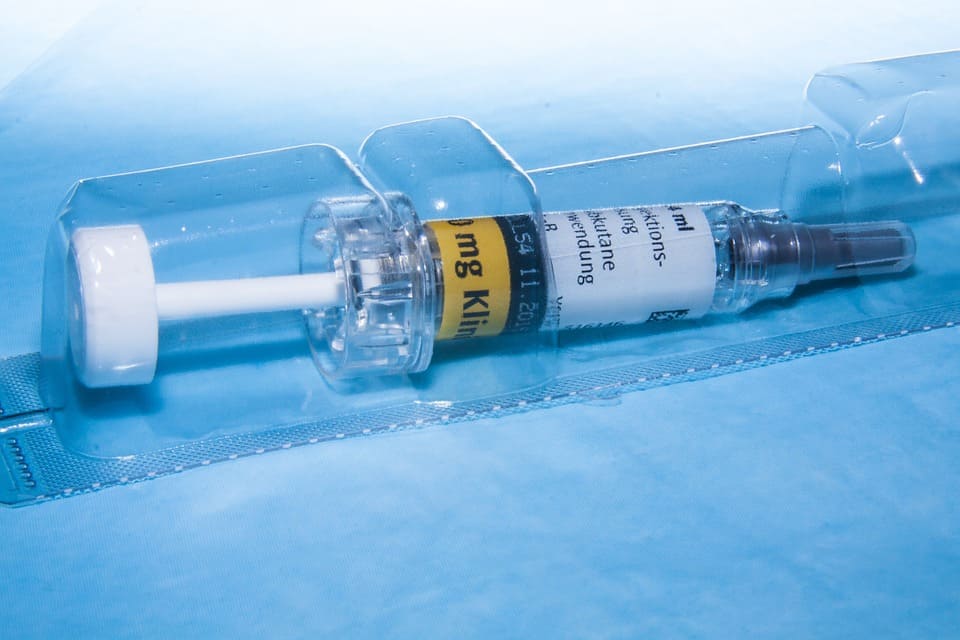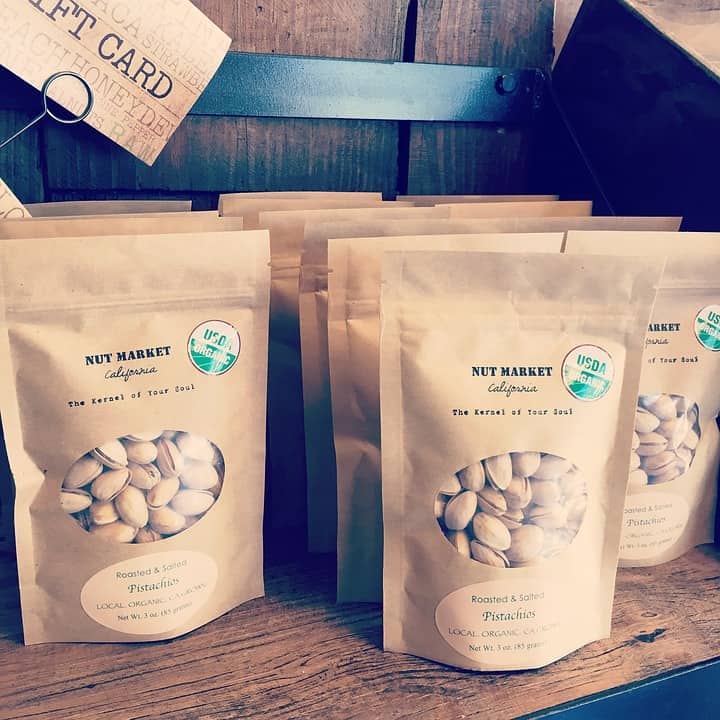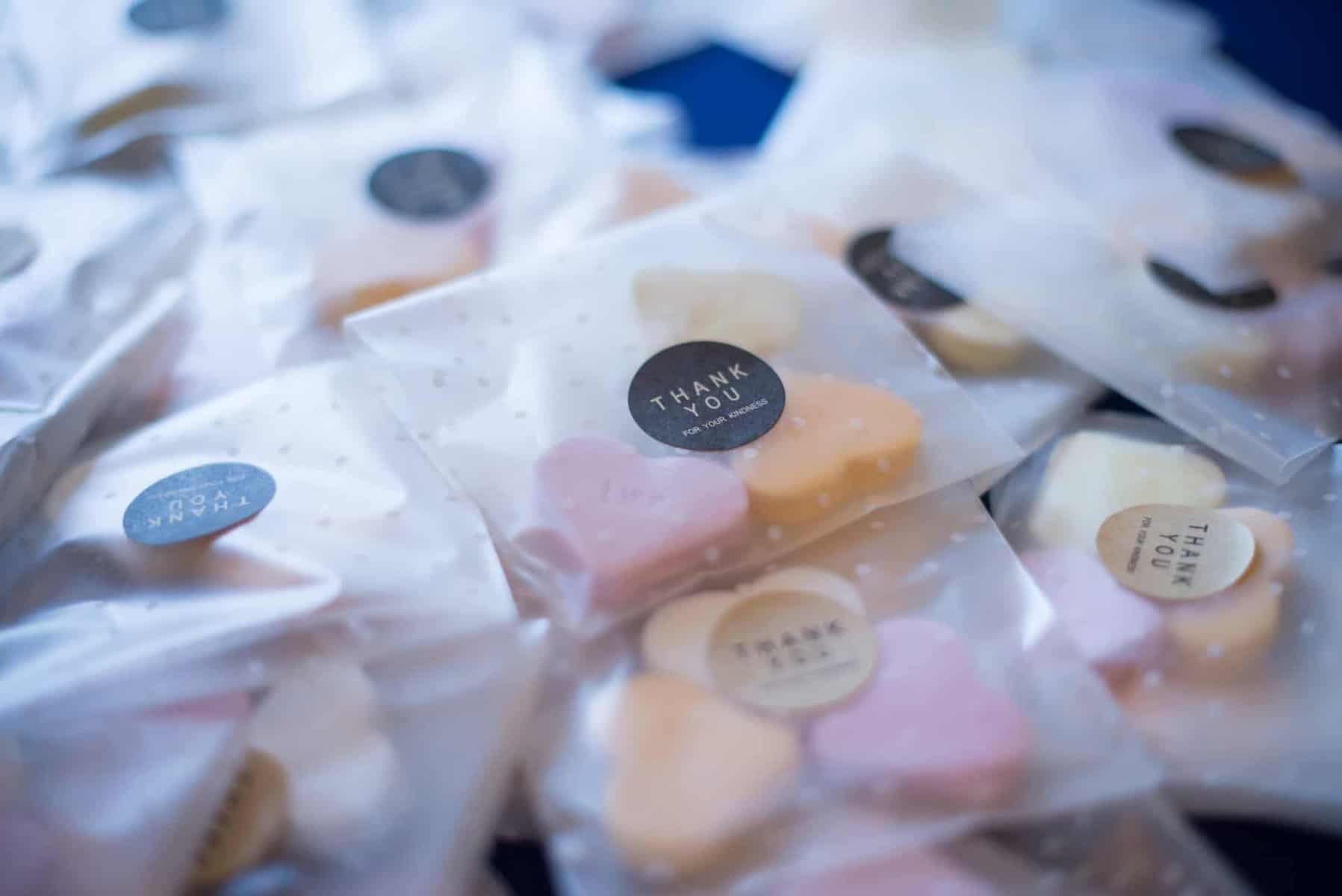For many small businesses, the question about what packaging they need to use for their product is deemed less important than the actual product itself, and while this is true in one sense, it becomes clear very quickly how important it is to get the packaging right. All of your potential customers will likely see the packaging before the product, and what they see will say a lot about your business.
A product’s packaging can express not just the product’s value but also the emotion of the brand and the ethics of the company. This is why it’s so important to make sure you’re placing your products in the right packaging. However, there are now so many different packaging options available, regardless of the type of product they are storing, so if you are still wondering what kind of packaging is correct for your product, consider taking a look at these four major styles.

Box or Carton Packaging
Often the go-to option, particularly for new businesses, the simple cardboard box offers a sense of reliability that more unconventional methods struggle to match. Suitable for pretty much every kind of product, it is a cheap and easy way to keep bulk commodities together and paired with a good design, they can also be eye-catching for customers on shelves.
However, using simple boxes does not suit every product, especially in the modern age when so many alternatives are available. Loose products are often not suitable for this style of packaging, because unless the product is tightly squeezed into the box – something that could damage either the product or the packaging – then it can be liable to damage in transit if not protected by added packaging inside. Boxes can also be unnecessarily bulky, and while its solid shape can appear useful for space-management, its excess can have an adverse effect in this regard.

Blister Packaging
Also known as thermoforming, this is a much more modern and quite common style of packaging, usually involving a custom-made plastic pouch holding a product, supported by a cardboard design. Often used by health and beauty products, this is a fantastic way of clearly showing the product on sale alongside the company’s branding, while the plastic can also offer an added level of security that you cannot get with simple box packaging. While associated with things like razors and tools, blister packaging can also be used with perishable goods. Clamshell packaging – similar to blister but with a hinge on one side, creating a case that can be opened and closed – is ideal for bakeries, with its clear casing showing off the product.
This style of packaging is much more advanced, especially when compared to using cartons, and as such is often unsuitable for many small businesses. Blister packaging requires a card, and the whole process from start to end can become quite expensive in smaller quantities and will likely require the help of a third-party provider. A clamshell can be useful for bulk food providers, but again there are much cheaper and easier-to-use alternatives available.

Flexible Packaging
Often taking the form of plastic or foiled bags, this style of packaging has been around for a long time but recently has gone through something of a reinvention. The importance of food packaging is well-documented, and this style is becoming increasingly popular for cereals and food supplements because it has plenty of space for branding and design, while they can often be opened and resealed, making them perfect for food goods.
A significant problem for this style of packaging is that it can often look bulky and unattractive of shelves thanks to its irregular shape, while the advantage of being resealed is often unnecessary for non-perishable goods.
Shrink Wrap Packaging
An increasingly popular style of packaging, shrink wrap is ideal for securely transporting bulky items. However, it also has capabilities for single products. Creating an entire surface that can be used for branding, shrink wrap can make products look highly professional in a cost-effective manner, while the level of protection and security provided by the tight, tamper-proof seal is second to none.
While for many small businesses using shrink wrap can seem unattainable due to the time required to produce it and the potential costs incurred, an industrial shrink wrap machine can solve both those issues. With solutions available for all business sizes, shrink wrapping is quickly emerging as one of the best ways to secure and market products.


